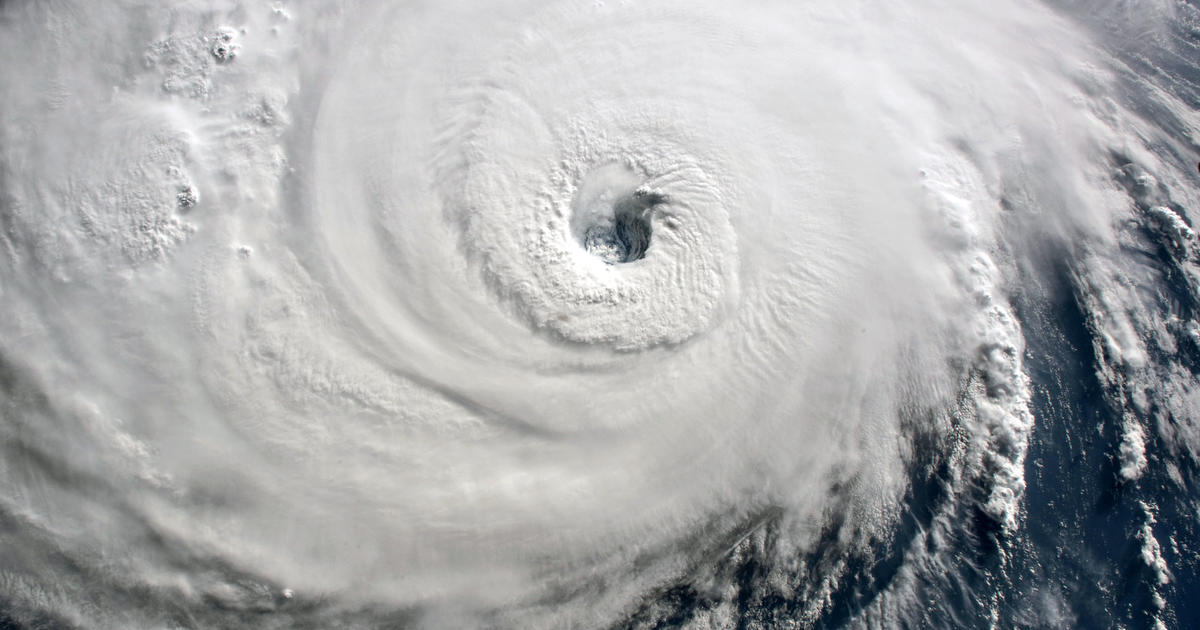
Here’s the full list of hurricane names for the 2024 season

The 2024 Atlantic hurricane season officially gets underway next week, and the list of 2024 hurricane names ranges from Alberto to William.
All hurricanes and tropical storms have a predetermined name set by the World Meteorological Organization before the season begins.
Hurricane season officially starts on June 1 and runs through the end of November. The National Oceanic and Atmospheric Administration is predicting an “above average” hurricane season for 2024, with 17 to 25 named storms, 8 to 13 hurricanes, and 4 to 7 major hurricanes of category 3 or higher.
hurricanes, tropical storms and other systems that originate in the Atlantic Ocean.
- Alberto
- Beryl
- Chris
- Debby
- Ernesto
- Francine
- Gordon
- Helene
- Isaac
- Joyce
- Kirk
- Leslie
- Milton
- Nadine
- Oscar
- Patty
- Rafael
- Sara
- Tara
- Valerie
- William
There are six alphabetical lists of names that are rotated through every six years, so the names that are used in 2024 will be used again in 2030.
The last time this list was used was in 2018.
The organization also has a supplemental list of storm names that will be used if alphabetic names run out. That has only happened twice in the past 15 years. Experts have previously warned that climate change could cause an increase in hurricane intensity and other severe storms.
The list of hurricane names from the 2023 season
The 2023 Atlantic hurricane season saw 19 named storms in the region, according to the National Oceanic and Atmospheric Administration.
The named storms during the 2023 Atlantic hurricane season were:
- Tropical Storm Arlene
- Tropical Storm Bret
- Tropical Storm Cindy
- Hurricane Don
- Tropical Storm Gert
- Tropical Storm Emily
- Hurricane Franklin
- Tropical Storm Harold
- Hurricane Idalia
- Tropical Storm Jose
- Tropical Storm Katia
- Hurricane Lee
- Hurricane Margot
- Hurricane Nigel
- Tropical Storm Ophelia
- Tropical Storm Philippe
- Tropical Storm Rina
- Tropical Storm Sean
- Hurricane Tammy
The list of retired hurricane names
Every so often, storm names are retired and replaced. Typically, that only happens if a storm is so “deadly or costly that the future use of its name on a different storm would be inappropriate for obvious reasons of sensitivity,” according to the National Hurricane Center.
According to the World Meteorological Organization, 94 names have been retired since 1953. Some of the most notable retired names are:
- Katrina, which was retired after Hurricane Katrina slammed New Orleans in 2005;
- Irene, which was retired after Hurricane Irene affected much of the Caribbean and East Coast in 2011;
- Sandy, after Hurricane Sandy, the largest Atlantic hurricane on record as measured by diameter, hit the Eastern seaboard in 2012;
- Harvey, which was retired after Hurricane Harvey devastated Texas and Louisiana in 2017;
- Irma, which was retired after Hurricane Irma caused widespread destruction in Florida in 2017;
- Maria, which was retired after Hurricane Maria devastated Puerto Rico in 2017;
- Ida, which was retired after Hurricane Ida, the second-most damaging and intense hurricane to make landfall in the U.S., hit Louisiana
How hurricanes get their names
The predetermined list of storm names is relatively new. The names used to be chosen more randomly, but using preassigned titles helps meteorologists and the public keep track of storms.
Previously, the storms would be named after they occurred and usually in relation to something that happened during the incident: For example, a storm that hit a boat named Antje and ruined its mast was called “Antje’s hurricane.” Others might be known by the area they hit.
The National Hurricane Center started using name lists in 1953. At first, storms were only categorized with women’s names. In 1979, the lists started alternating between women and men’s names. That’s also when the six current lists entered the rotation.
Kerry Breen
Source: cbsnews.com